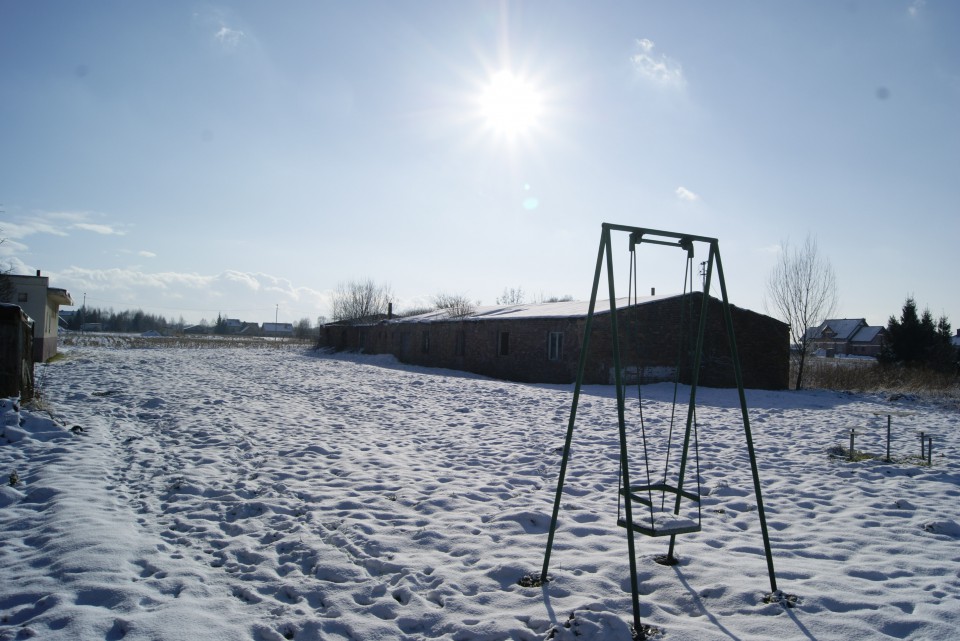When talking to Oswiecim’s inhabitants, almost all of them attribute a very specific meaning to the word ‘original’. For them a piece that is ‘original’, is something that has survived from the period of Nazi occupation. In the last months people have showed me original fences, original bunkers, and even original railways. But no one had ever directed my attention to the ‘original’ medieval castle in Oswiecim’s center, or the ‘original’ communist living infrastructures at the outskirts of the town. The label of ‘originality’ seems to be something that is solely designed for artefacts from the period between 1939-1945. Working on ‘Living in Auschwitz’ and talking to locals every day has made me internalize this language of originality.
But my encounter with Ilona and Grzegorz made me realize that there is more ‘original’ in Oswiecim. For Ilona and Grzegorz ‘original’ means something else. Ilona’s and Grzegorz’s interest in Oswiecim is archeological, and more precisely focusing on Antiquity and Early Middle Ages. My first thought was one of stereotypical astonishment: ‘Roman Caesars in Auschwitz?’
Ilona explained me that today’s Oswiecim/Auschwitz has been situated just outside the Roman Empire. It was a crossing point for amber trade between Germanic tribes and the Roman empire. She told me that there are lots of potentially interesting Late Antique archeological sights in Oswiecim, but none of them attracts much attention.
Grzegorz’s interest lays in Late Antiquity and the Middle Ages: Slavic invasions, and the emergence of the town of Oswiecim. ‘Oswiecim has 800 rich years of history’, he says, ‘but everyone focuses only on the years of Nazi occupation.’
Ilona and Grzegorz gave us an ‘archeological’ tour through Oswiecim pointing at ‘original’, natural elevations from the river Sola protecting the town of Oswiecim, and ‘original’ foundations of the Domenican monastery. Being asked about the tourist potential of these ancient remainders, Ilona and Grzegorz answered that the town is not doing enough to promote its sights and to attract people: ‘For a place that attracts more than a million tourists a year, one small brochure on the town’s history does not suffice’.
After our walk through old Oswiecim, I was truly impressed: ‘Oswiecim is actually beautiful, isn’t it?’. I received a genuine smile in return: ‘I am happy you see it’, Gregorz said.


🙂
LikeLike